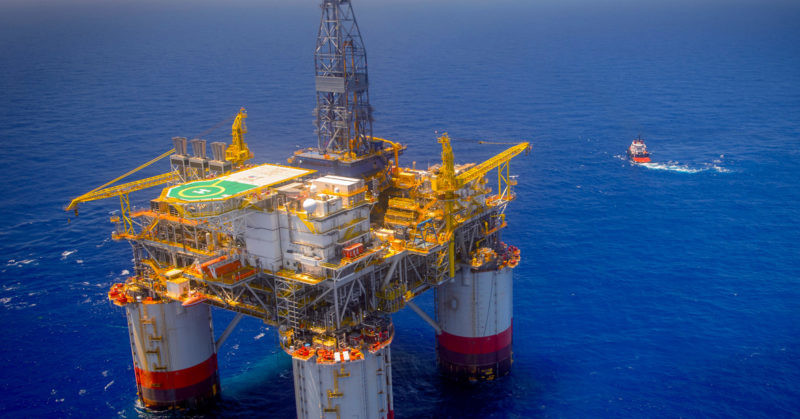Last week's Gulf of Mexico lease sale reinforced what many say is the improving outlook for the domestic oil and gas industry — in particular, for offshore drillers.
Lease Sale 259 attracted 353 bids from 32 companies, a sign of broad industry interest and confidence about offshore energy's future. High bids totaled nearly $264 million, $72 million more than spending in 2021.
While there were only five more blocks receiving bids in the sale compared to the 2021 sale, 38% more money was bid. Oil and gas companies have more cash flow available with higher commodity prices, and with a more encouraging outlook for long-term oil demand, they are willing to invest more.
Bidding on deepwater leases showed increased optimism about its future since these projects take longer to develop and are more sensitive to long-term oil prices. The number of deepwater leases receiving bids increased by 30% from 2021’s sale. The high-bid total was the highest since 2019 and is reflected in the bid-to-acre calculation that showed an increase of 22% to $216 per acre.
Chevron wagered the most money, including having the highest bid for the lease sale. The sale results show Chevron’s spending exceeding the total of high bids from the other major oil companies combined. Interestingly, ExxonMobil was the most aggressive company, submitting bids on 69 leases on the continental shelf. ExxonMobil’s haul adds to the 98 shelf leases it acquired in the prior Gulf of Mexico sale. It is speculated that the company may be accumulating locations where it could bury carbon dioxide from its proposed Carbon Capture and Storage (CCS) project planned for the Houston Ship Channel area, although it has not yet been approved. Maybe the company’s bidding activity reflects its confidence that the CCS project will be approved, which is partly driven by the lucrative subsidies in the Inflation Reduction Act. Subsidies do work.
While offshore activity has been on an upswing, the results of this lease sale suggests that increased activity has a longer future than perceived just a few weeks ago. The sale also demonstrated the power of higher oil prices, despite the recent volatility of futures prices. That volatility had more to do with the banking crisis and fears of a more severe recession in our near future. Those concerns created both a liquidity challenge and a risk-averse mentality among commodity traders.
Recessionary impacts on oil demand will be transitory, just as traders’ risk-averse mentality will shift. Global oil demand is growing, driven by the usual suspects – population growth and rising living standards. This is all good news for the offshore drilling and support industries.




